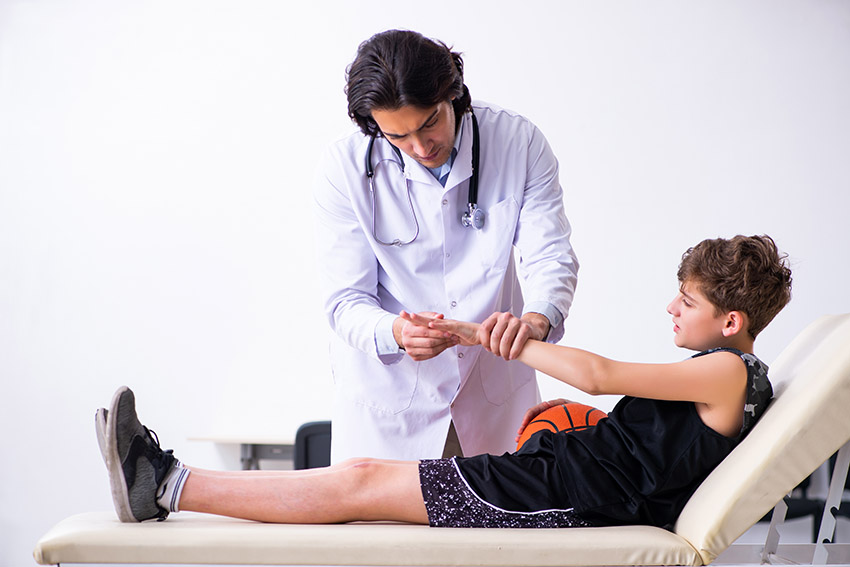A jammed finger is usually a sprained finger that happens when one falls or injures oneself. For instance, if you are playing sports like basketball or football, and instead of catching the ball, it smashes the tip of your fingers. Or if you close a drawer on your fingers. These are a few examples, but if you smash your finger against anything and the tip of the finger is pushed toward the hand, it can cause a jammed finger. The pain and swelling require medical attention even if your finger isn’t fractured. Sometimes, the injury may be minor and can be treated at home, while otherwise, a severe injury requires immediate medical attention to prevent any further damage. It can be challenging to determine if your injury is mild or severe. It depends on the pain and the severity of the injury or fall that can make you decide for yourself and seek medical attention.
Symptoms of Jammed Finger
Sometimes, it can be challenging to determine if you have a fracture or jammed finger. Some of the symptoms are
- Pain in the finger
- Redness and swelling in the injured area
- Difficulty holding anything with the finger
As mentioned above, if your finger is pushed against something and it pushes down the tip of your finger toward your hand, it can lead to a jammed finger. And if you think a jammed finger may not cause further trouble, you are mistaken.
- Long-term pain and swelling in the joint, known as traumatic arthritis
- Stiffness in the finger
- Weakness in the finger
- Permanent inability to straighten the finger
- Deformity of the joint
What is the level of severity of your sprain?
Grade 1: Your ligament has small tears. Your joint is stable, but the bones are unlikely to move out of place.
Grade 2: You have a partially torn ligament, and the joint shows mild instability.
Grade 3: You have a completely torn ligament, and the joint shows significant instability.
But sometimes, the soft tissue injury is so severe that it results in dislocation. Your bones move from their original position, and the joint is no longer in alignment.
How Can We Help?
Our healthcare provider will examine your finger and ask about symptoms and medical history. Our provider will test your finger mobility by asking you to straighten and bend it. Also, any swelling and tenderness will be checked to determine its stability. Imaging tests like X-rays can help determine a sprain or fractured bone. Even magnetic resonance imaging (MRI) can be helpful and focus on affected soft tissues. But a test may not be required if you have a mild jammed finger.
If you experience any symptoms, then reach out to our Form Hand Therapy at (510) 350-3030 to determine the most suitable treatment course for your injury.

